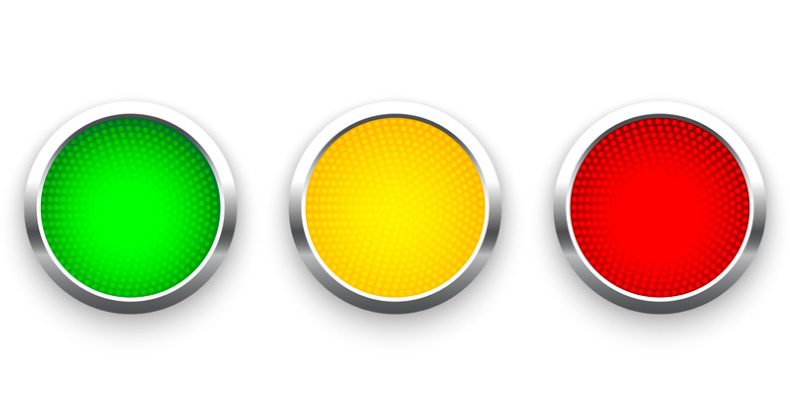Cervicogenic headache is a secondary type of headache resulting from dysfunction in the neck region. Currently, the prevailing theory in research on how this form of headache occurs is that mechanical problems—such as sprains or strains, disc herniations, or degenerative arthritis—irritate one or more of the upper cervical spinal nerves (typically C1–C3), and this irritation […]
Neck Exercises for Managing Headaches
Headaches are an all-too-common and disabling condition that are often accompanied by neck pain and stiffness, leading patients to try chiropractic care to see if a neck adjustment can help. The good news is that many headache sufferers do experience some degree of relief after chiropractic treatment, but why does care focused on the neck […]
Managing Cervicogenic Headaches
Cervicogenic is a term derived from the Latin cervix, meaning neck, and the Greek genes, meaning produced by or originating from. In essence, cervicogenic means originating from the neck, and a cervicogenic headache is a headache that originates from the neck. Because this type of headache is a symptom resulting from the irritation of spinal […]
Unwinding Postprandial Headaches
Postprandial headaches are headaches that occur after eating a meal. While this type of headache is fairly common, there are myriad potential causes. For individuals who suffer from postprandial headaches, it’s recommended they keep a food diary and track food intake and when headaches occur to help isolate potential triggers. Some of the most common […]
Manual Therapy Options for Cervicogenic Headaches
Cervicogenic headaches are a form of secondary headache resulting from dysfunction in the cervical spine—typically, the upper most part of the cervical spine (atlanto-occipital joint) and upper three cervical segments (C1-3). Dominant symptoms and signs include unilateral head and upper neck pain, limited neck motion, and increased symptoms with certain neck and head positions. It’s […]
Managing Migraine Headaches
Migraine headaches are classified as a primary headache disorder. Migraines are three times more common among women, especially in their premenopausal years. While migraines are still not fully understood (meaning they are likely underdiagnosed and undertreated), the available data show they are the most debilitating type of headache and rank seventh among health conditions with […]
Headaches and a Traffic Light Prognosis System
The 2022 Global Burden of Disease study listed headaches as one of the most prevalent and disabling conditions worldwide, noting that more than half of adults actively suffer from headaches and nearly 5% of adults report headaches on more than 15 days per month. Because headaches come in many forms (at least 300 distinct types […]
The Hamstring and Tension-Type Headache Connection
Patients with tension-type headaches (TTH) often experience neck pain and stiffness, which may be a contributing factor in their present headaches. Thus, it’s not uncommon for a doctor of chiropractic to use manual therapies and provide home exercise instruction focused on improving neck function in the effort to reduce headache frequency and intensity. It may […]
Dizziness and the Upper Cervical Spine
Dizziness affects about 15-20% of adults to some extent each year, and it is one of the most common reasons for emergency room visits. One of the three systems that works to help us maintain balance is the proprioceptive system that is made up of mechano-receptors located in our joint capsules, muscles, and more that […]
Is it a Sinus Headache or Something Else?
The sinuses are cavities in the skull that rest just behind the face, which help humidify the air we breathe and may even enhance the human voice. It’s common for patients with a headache in this area to refer to it as a sinus headache; however, the lay term “sinus headache” is somewhat controversial because […]
- 1
- 2
- 3
- …
- 10
- Next Page »









